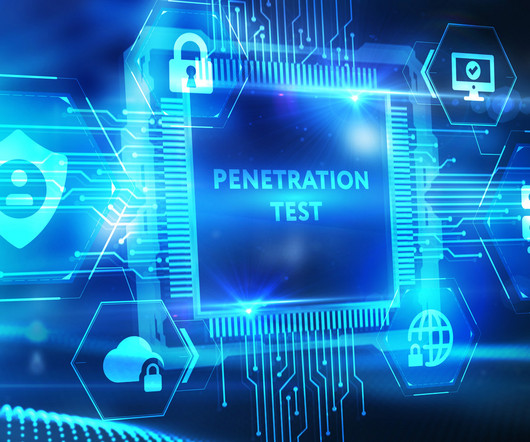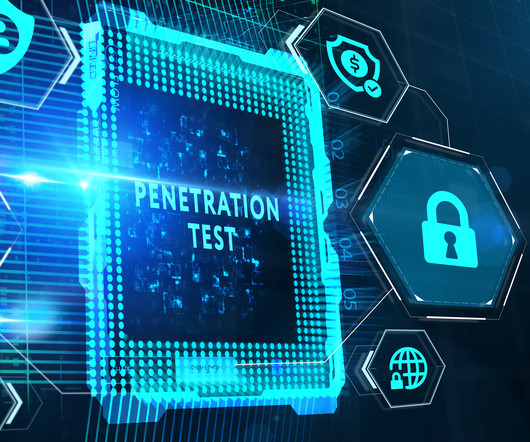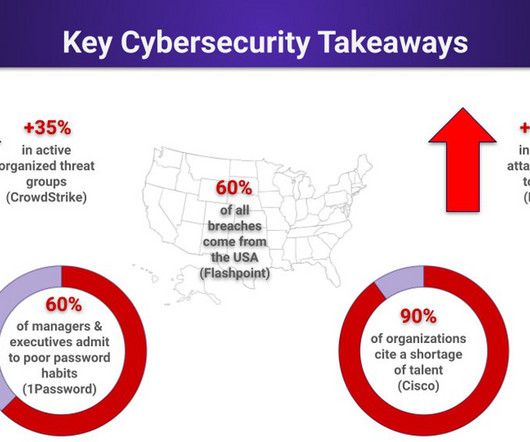7 Best Penetration Testing Service Providers in 2023
eSecurity Planet
OCTOBER 13, 2023
Penetration testing is a critically important cybersecurity practice, but one that many organizations lack the on-staff skills to do themselves. Fortunately, there are many pentesting services out there that can do the job for them across a range of budgets and needs.




















Let's personalize your content